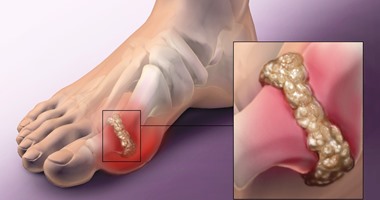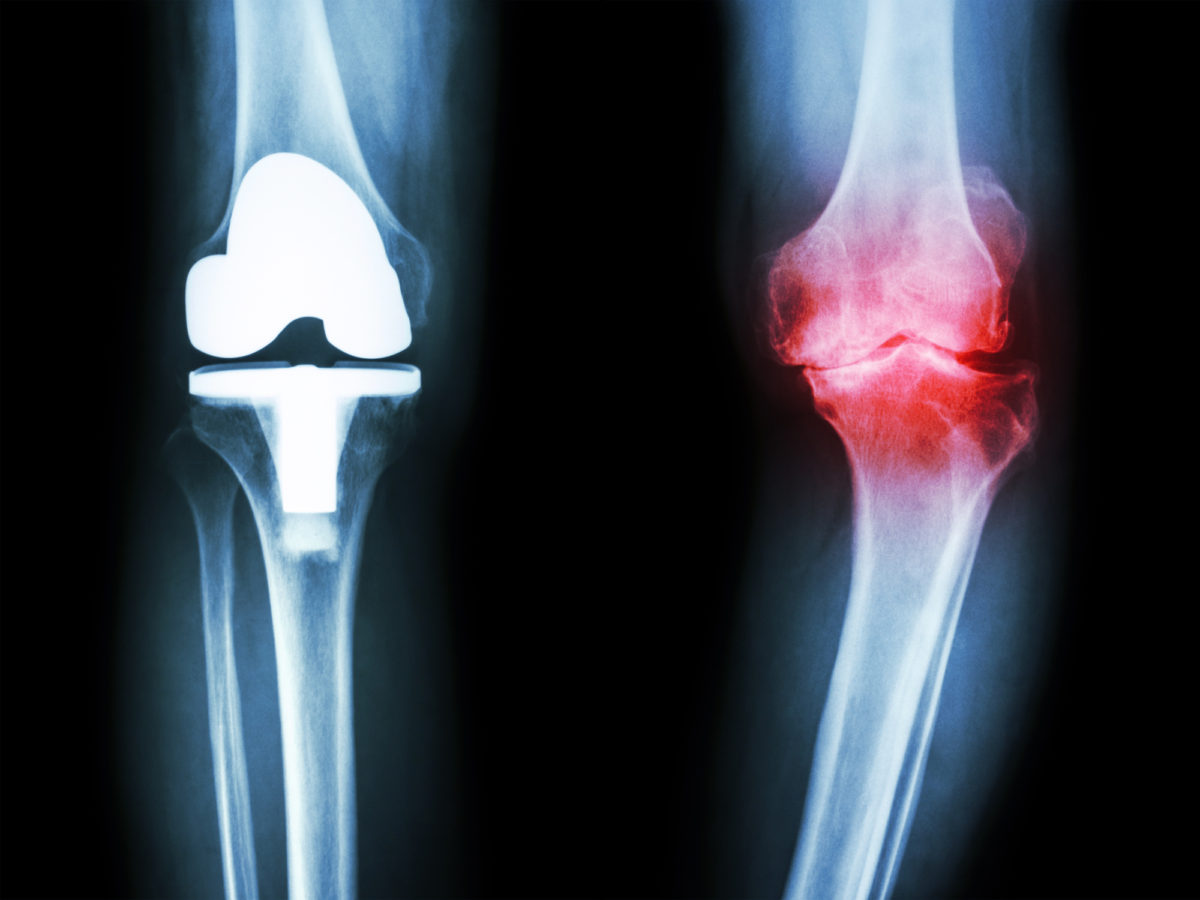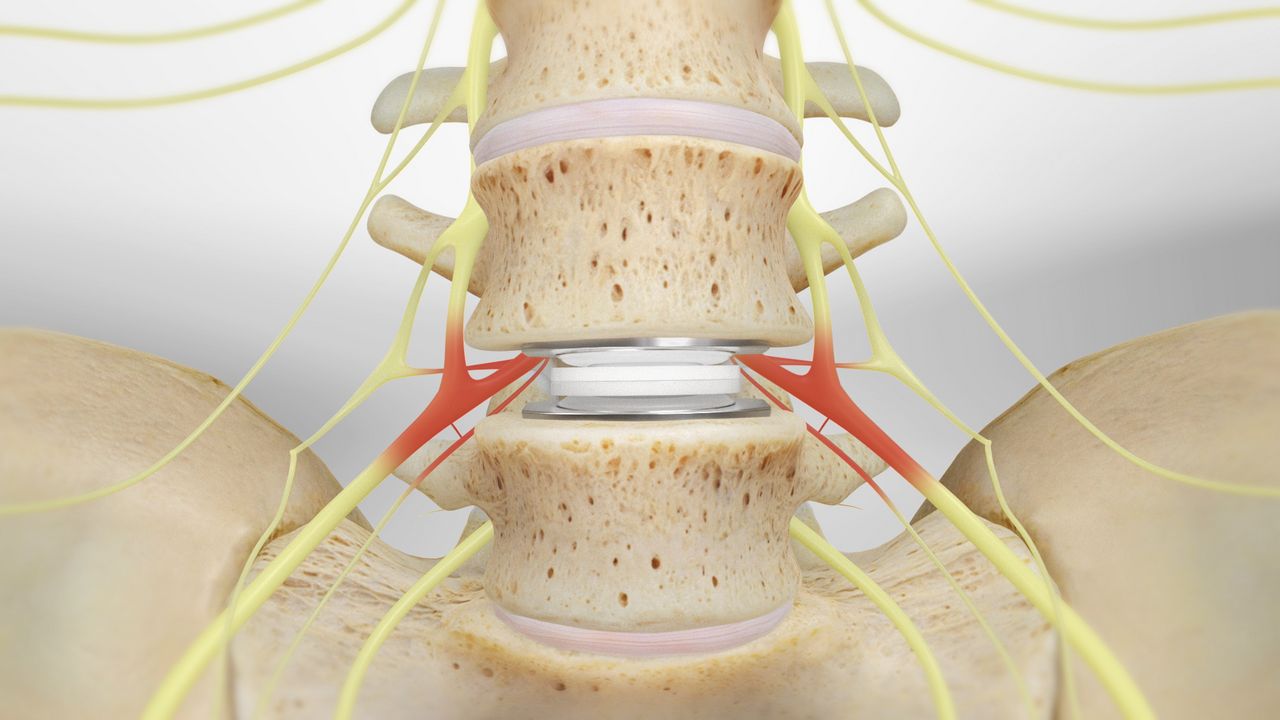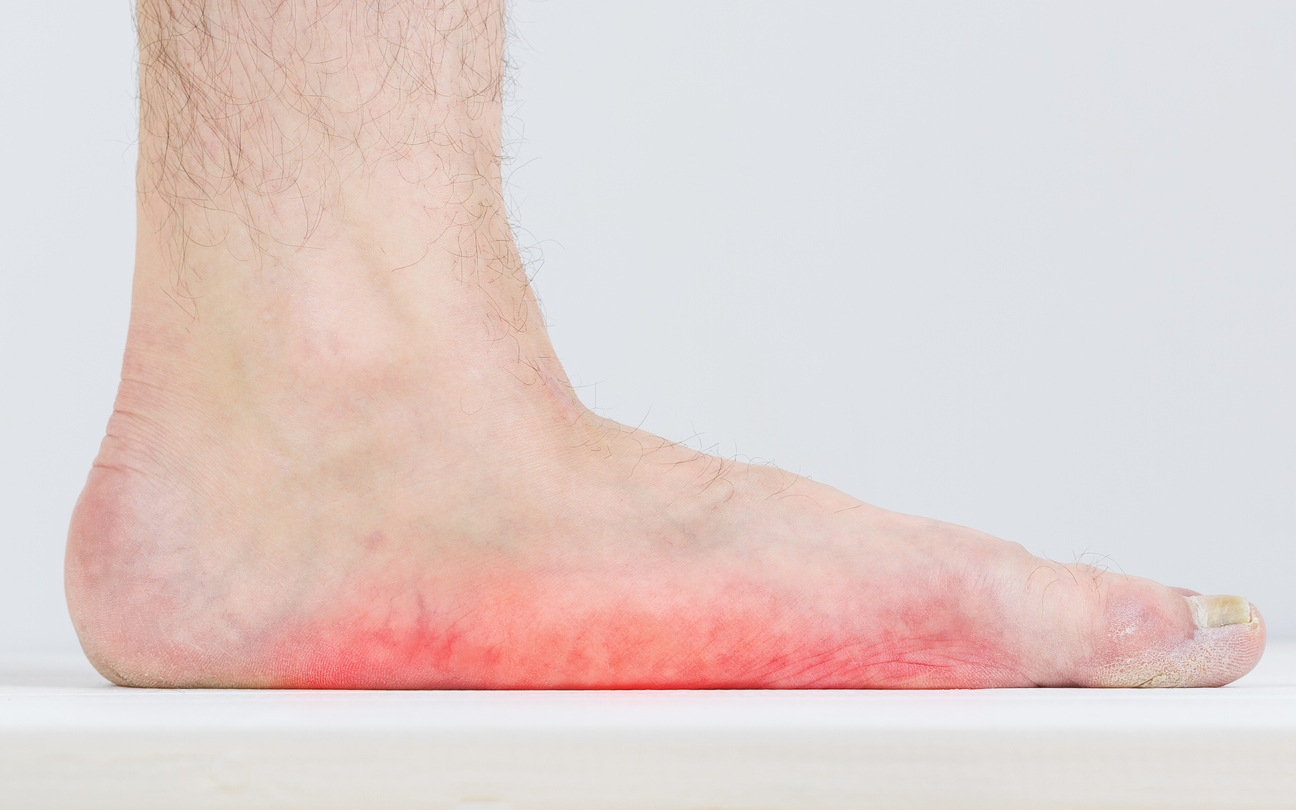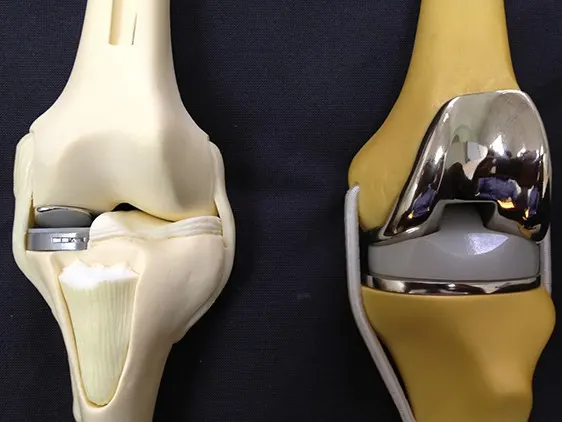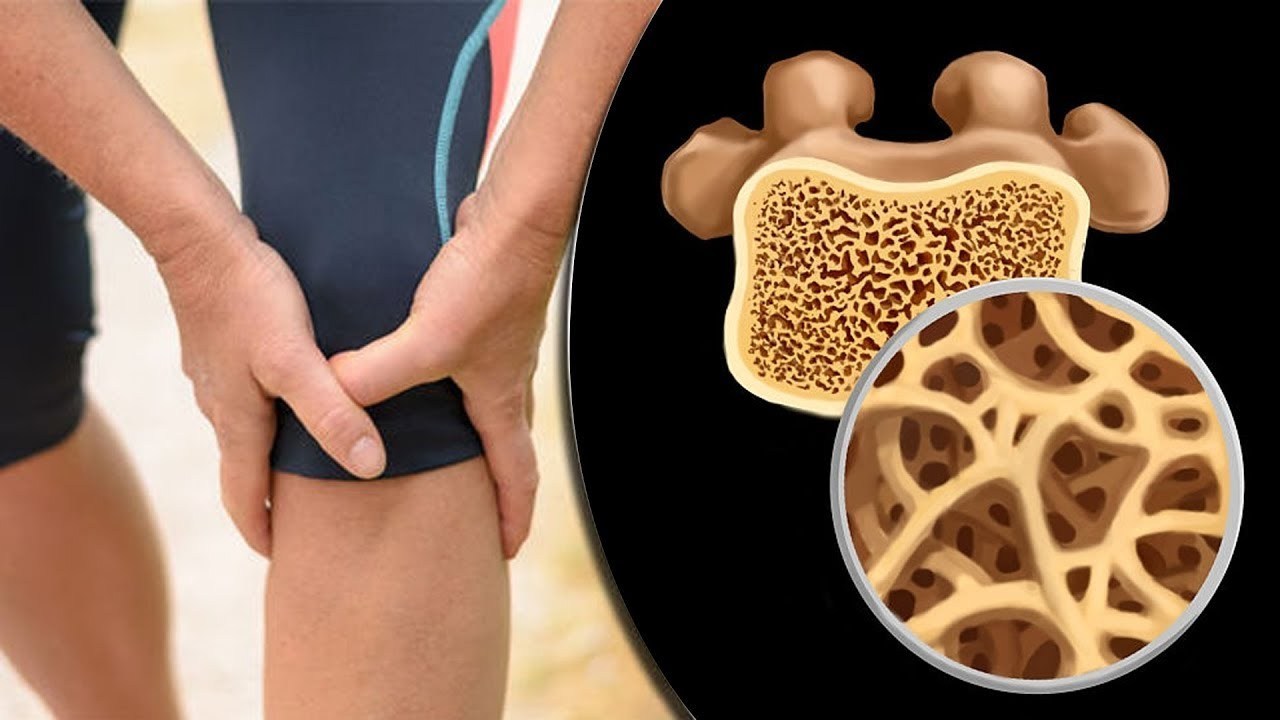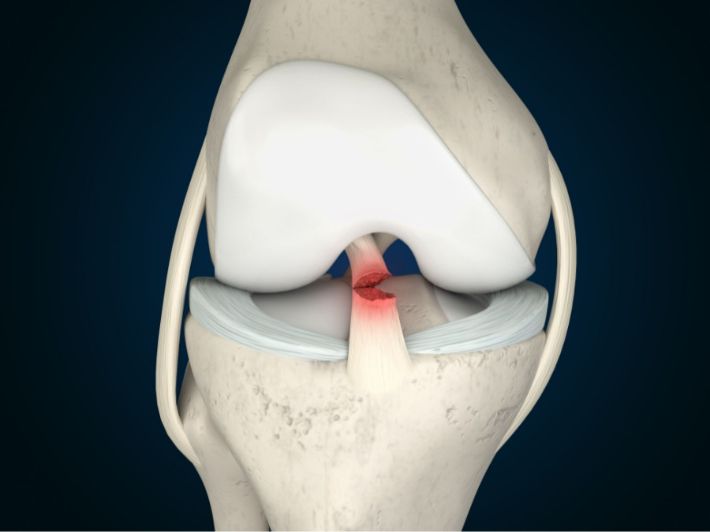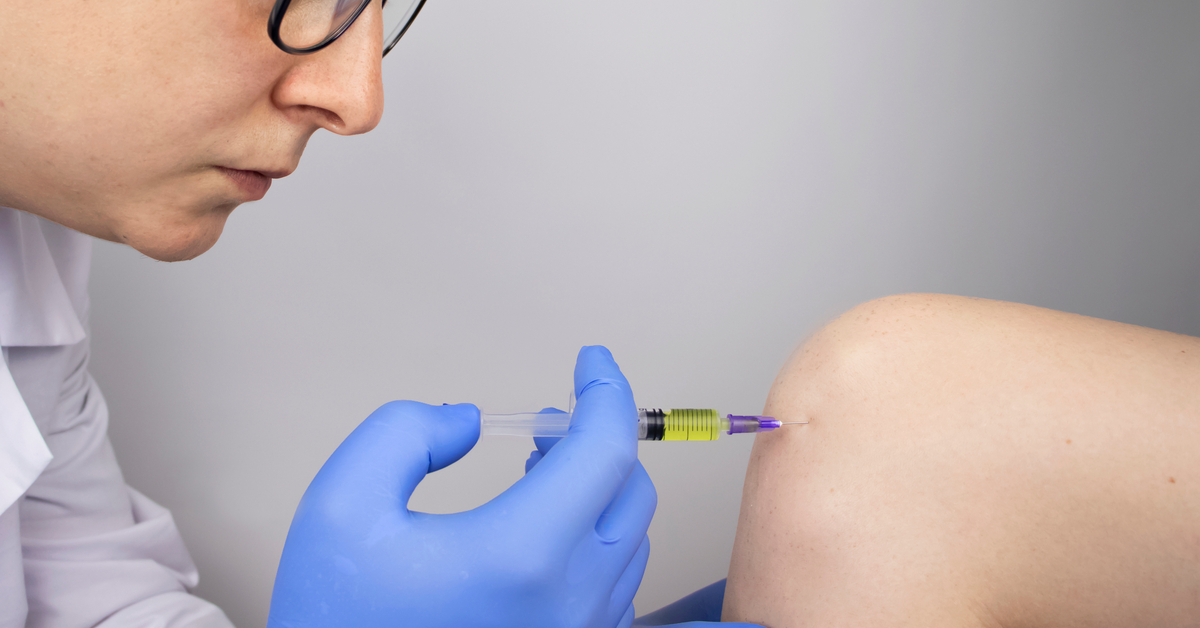What Is the Cost of Meniscus Surgery in Egypt? Learn More About the Best Doctor for This Procedure
The Cost of Meniscus Surgery in Egypt, Meniscus surgery is a delicate and important procedure that requires significant skill and extensive experience. It is a common injury, and patients often want to know the cost of the surgery to determine if it is within their budget. In this article, we will discuss the reasons behind meniscus tears, the steps of the surgery, the success rate, as well as the potential complications and side effects. Stay tuned to learn more.
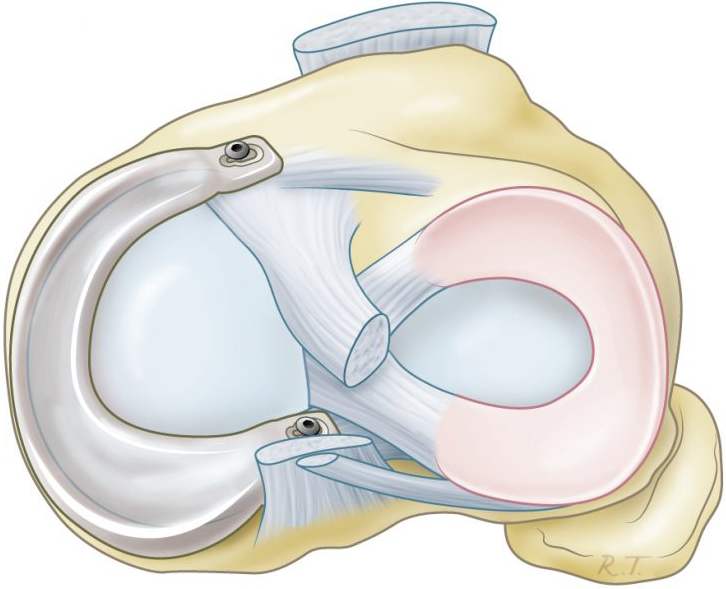
Cost of Meniscal Surgery in Egypt
The cost of meniscal surgery in Egypt typically ranges from 50,000 to 100,000 Egyptian pounds. However, the cost may vary depending on several factors, including the type of surgery performed (open or arthroscopic), the hospital where the procedure is conducted, the level of care provided, the experience and skill of the surgeon, the cost of anesthesia, the medical staff assisting the surgeon, and the expenses related to tests, X-rays, and analyses performed on the patient, as well as the length of hospital stay.
Causes of Meniscal Injury
The meniscus is a C-shaped cartilage located in the knee between the tibia (shinbone) and the femur (thighbone). Meniscal tears are common injuries, often associated with other knee injuries like anterior cruciate ligament (ACL) tears. Various factors can lead to meniscal tears, including:
- Direct trauma or injury.
- Genetic conditions such as bowlegs or knock-knees.
- Degeneration and breakdown of the cartilage.
- Sudden twisting of the knee.
- Lifting heavy weights that increase pressure on the knee.
- Age-related changes.
- Participation in sports that involve sudden stops and changes of direction, such as soccer and basketball.
- Poor habits like squatting, continuous jumping without prior training, and improper lifting of heavy objects.
- Excess body weight, which places additional stress on the joints and cartilage, increasing the risk of meniscal tears.
Symptoms of Knee Meniscus Tear
There are several symptoms that indicate a knee meniscus tear, including:
- Hearing a popping sound in the knee during the tear.
- Swelling in the joint that limits mobility.
- Inability to move the joint within its normal range of motion.
- Feeling weakness in the knee.
- Experiencing severe pain that worsens with movement or when touching the joint.
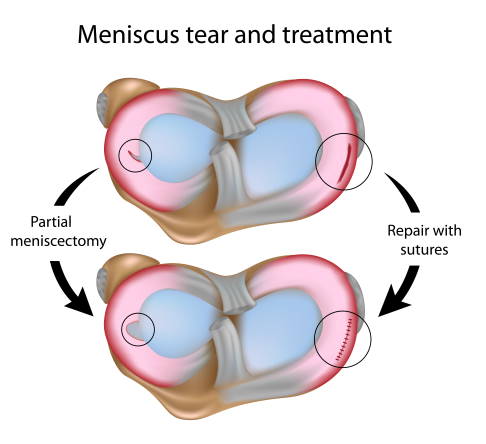
Can a Meniscus Tear Heal Without Surgery?
Yes, it is possible for a person with a meniscus tear to heal without surgery by following the appropriate physical therapy sessions. Typically, the patient begins to experience noticeable improvement after the third or fourth session. However, the duration of recovery depends on the degree of tear in the meniscus and whether there is concurrent ligament damage.
Is Meniscus Surgery Necessary for Tears?
The need for surgery depends on the severity of the meniscus tear. Tears are categorized into different degrees, as follows:
- Grade 1: In this case, the tear is minor, and the patient usually needs to rest for a period ranging from 3 to 6 weeks, as determined by the doctor. The patient may also take some medications that promote cartilage strengthening and healing, including vitamin D, vitamin C, collagen, protein, chondroitin, and glucosamine. Physical therapy sessions, rehabilitation, and specific exercises to strengthen the knee are also recommended.
- Grade 2: A moderate tear initially involves medication, but if the condition does not respond to treatment, surgery may be necessary.
- Grade 3: This category is characterized by a large tear that requires immediate surgical intervention for repair, followed by physical therapy, rehabilitation, and knee-strengthening exercises.

Steps of Meniscal Surgery
There are multiple surgical methods to treat a knee meniscus tear, and the choice of procedure depends on the patient’s condition. Here are three types of surgery:
- Arthroscopic Surgery: This minimally invasive procedure involves making small incisions in the knee and using a tiny camera called an arthroscope to view and repair the tear. It is often used for minor to moderate tears.
- Partial Meniscectomy: In this procedure, the surgeon removes the damaged part of the meniscus while preserving as much healthy tissue as possible. It is suitable for moderate tears that cannot be repaired.
- Meniscal Repair: When possible, the surgeon may stitch the torn meniscus back together to promote healing. This method is preferred for younger patients with good blood supply to the meniscus and is used for more significant tears.
The specific surgical approach is determined by the surgeon based on the patient’s individual circumstances.
Surgery Options
The choice of surgical method for treating a meniscus tear depends on the severity of the tear and the condition of the torn tissue. Here are the main surgical options:
- Suturing: This method is used when the tear is small, and the torn part of the meniscus is in good condition, not severely damaged. It is preferable for the tear to be in an area with good blood supply, allowing the meniscus to heal after suturing. The recovery period for this method ranges from three to six months, during which the patient may use crutches for a few weeks until the meniscus heals. Special rehabilitation exercises are also recommended.
- Partial Meniscectomy: This widely used procedure involves removing the damaged part of the meniscus while preserving as much healthy tissue as possible. It does not require an extended recovery period, and the patient may go home on the same day as the surgery. Typically, patients can walk normally without crutches the day after surgery. However, this method may increase the risk of developing joint degeneration over time due to the loss of protective meniscal tissue.
- Meniscal Allograft Transplantation: In this procedure, a meniscus from a deceased donor is transplanted into the patient’s knee, usually for individuals under 40 years old who have suffered severe meniscus damage. To be eligible for this surgery, the patient should not have joint degeneration. This type of surgery is not guaranteed to be successful and depends on the availability of tissue banks that store menisci from deceased donors. There are also ongoing developments in artificial meniscus replacement, such as collagen fibers and synthetic meniscus made from materials with physical properties that mimic natural cartilage.
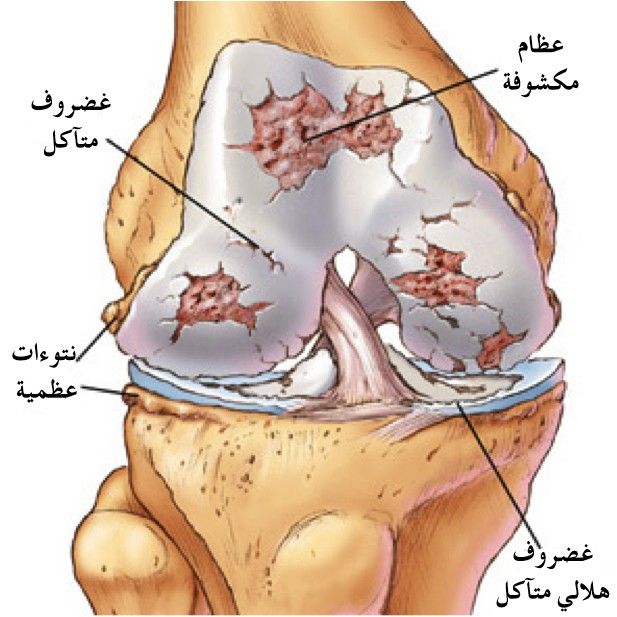
Best Doctor for Knee Meniscus Surgery in Egypt
Egypt is home to a distinguished group of orthopedic surgeons and specialists in knee meniscus surgery. Among them, we recommend Dr. Amr Amal, a consultant orthopedic and joint surgeon at Ain Shams University and a faculty member at the same institution. Dr. Amr Amal is known for his extensive experience in this field, having successfully performed many surgeries and providing excellent patient care. He is committed to employing modern methods and techniques in treating his patients, aiming to find the best solution tailored to their individual circumstances. His approach involves active communication with patients and attentiveness to their concerns. You can contact him directly or schedule a medical examination by clicking on the following link.
Post-Knee Meniscus Surgery
There are several instructions that a patient should follow after undergoing knee meniscus surgery, including:
- The patient should use crutches for four to six weeks after the surgery.
- It is possible for the patient to wear a knee brace to stabilize the joint during the recovery period.
- Pain is a normal sensation after the procedure, and the doctor typically prescribes pain relievers and anti-inflammatory medications to alleviate pain and reduce swelling.
- The patient can return to work and resume their normal activities after six weeks if the doctor only performed meniscus removal. However, if meniscus repair was performed, it may take longer, up to six months.
How Long Does Knee Meniscus Surgery Take?
Knee meniscus surgery usually does not take much time, typically lasting between one to two hours. The duration depends on the patient’s condition and the complexity of the surgical procedure. It is considered a safe operation with minimal post-surgery complications.
Success Rate of Knee Meniscus Surgery in Egypt
Knee meniscus surgery in Egypt yields highly satisfactory results for both patients and doctors, especially when performed using modern techniques by experienced and skilled surgeons. Many statistics and studies indicate a success rate ranging from 70% to 90%. This success rate can vary depending on factors such as the patient’s age, their overall health before the surgery, the surgical technique used, and the use of arthroscopy, which has a higher success rate and fewer potential complications.
Tips After Knee Meniscus Surgery
Here are some tips and guidelines that patients should follow after undergoing knee meniscus surgery to accelerate their recovery:
- Engage in specific rehabilitation exercises recommended by a physical therapist to help strengthen the muscles surrounding the knee meniscus and promote a faster recovery.
- Take prescribed medications and pain relievers regularly to manage pain.
- Consult a nutritionist to regulate your diet, as some patients may lose their appetite after surgery due to pain and fatigue.
- Change the medical bandage regularly and keep the surgical site dry and clean.
- Elevate the injured leg for a few days after the surgery.
- Apply ice packs to the surgical area to reduce pain and swelling.
- Avoid prolonged sitting, and engage in light walking to promote blood circulation and prevent blood clots.
- Maintain a regular sleep schedule and avoid continuous daytime sleep. Change positions on the bed regularly to prevent stiffness.
By following these post-surgery guidelines, patients can enhance their recovery and improve their overall outcome after knee meniscus surgery.
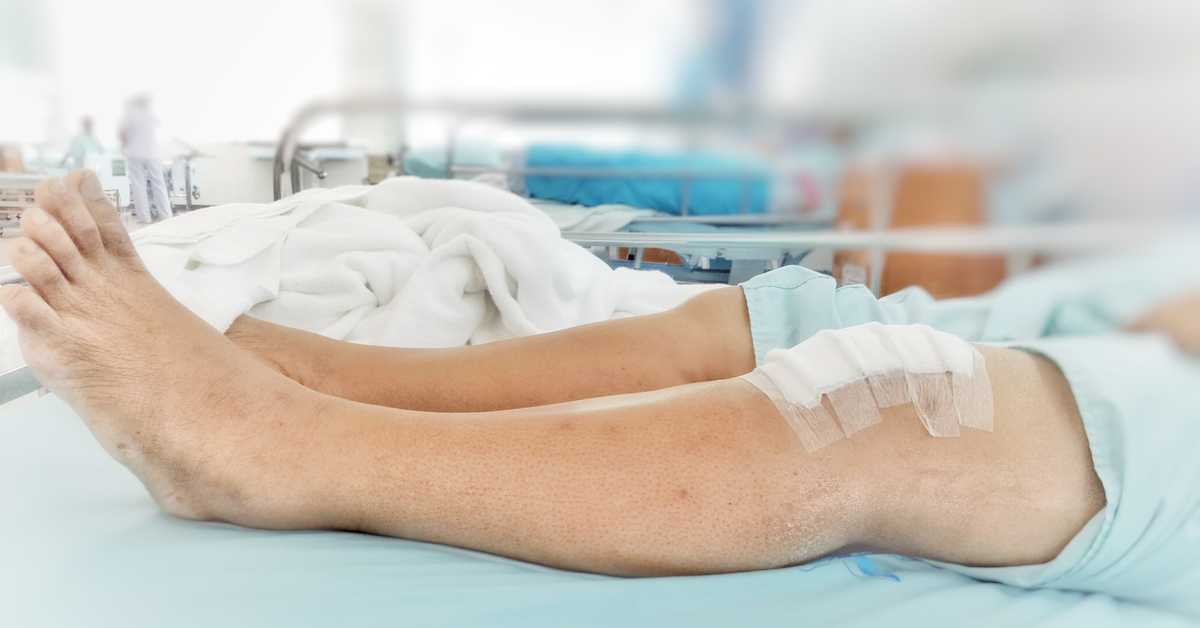
Complications of Knee Meniscus Surgery
There are some complications that may arise from knee meniscus surgery, but they are rare and uncommon. These complications include:
- The possibility of developing chronic knee joint roughening (chondromalacia).
- Occurrence of bleeding in the joint or the formation of blood clots.
- The potential for damage to surrounding tissues or nerves near the meniscus.
- Increased risk of infections or complications related to the meniscus.
- An allergic reaction to anesthesia.
Duration of Pain After Knee Meniscus Arthroscopy
Typically, pain persists for several weeks after the arthroscopic knee meniscus surgery, but it does not last as long as in traditional knee surgery used to repair meniscus problems. With proper rest and the use of pain relievers, the pain gradually diminishes. To alleviate pain and swelling, patients can apply ice packs and keep their leg in a straight and comfortable position. If the patient experiences any sudden or unusual pain, they should consult their doctor immediately.
Recovery Period After Knee Meniscus Surgery
“It’s time to effectively deal with knee problems and prepare for a healthy and active life with Dr. Amr Amal, who follows the latest techniques and protocols in knee meniscus surgery.”
It is challenging to determine a fixed recovery period for all patients due to the variability in meniscus injury severity and how the surgical procedure progresses. On average, patients require a resting period ranging from one week to over a month. This duration is typically seen in cases of severe meniscus tears in the knee.
Regarding regaining full knee bending capability, the time varies from person to person and depends on the surgical technique used. After meniscus removal surgery, a patient can usually achieve normal knee bending within four to six weeks, while those who undergo meniscus repair may take three to six months to fully regain this function.
Walking After Knee Meniscus Surgery
“Book your appointment now and get ready to regain your mobility and daily activities with Dr. Amr Amal and his specialized team in knee meniscus surgery.”
Patients undergoing knee meniscus surgery often wonder when they will be able to walk again. In reality, this depends on the complexity of the surgical intervention. Typically, patients use crutches for a period ranging from 4 to 6 weeks. During this time, the doctor designs a rehabilitation program to control swelling resulting from the surgery and to achieve the maximum range of motion and walking ability for the patient.
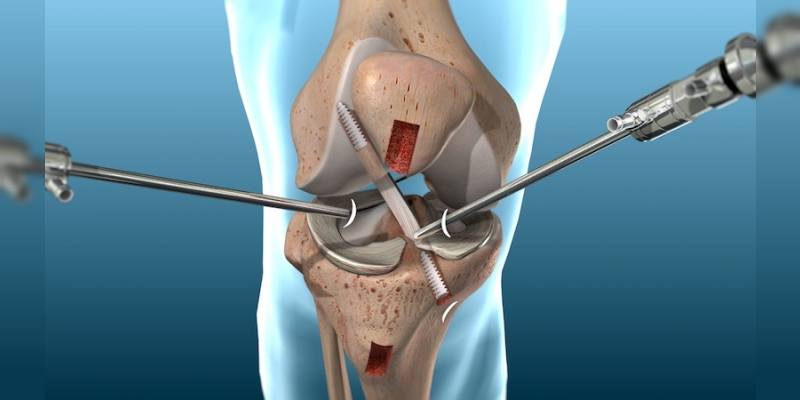
Knee Swelling After Meniscus Surgery
It is normal to experience swelling and discomfort in the knee after surgery for several days or even a week. Ice packs are used to control the swelling. It’s recommended to apply ice for 20 to 30 minutes at a time, approximately every hour or two. However, if the swelling persists beyond this duration and is accompanied by fever and significant pain, it may indicate an infection and inflammation at the surgical site. In such cases, immediate contact with the treating physician is necessary.
Is Knee Meniscus Surgery Difficult?
Knee meniscus surgery is generally not considered difficult, especially when performed arthroscopically. Arthroscopic knee surgery involves making small surgical incisions and typically takes only one hour to complete.








